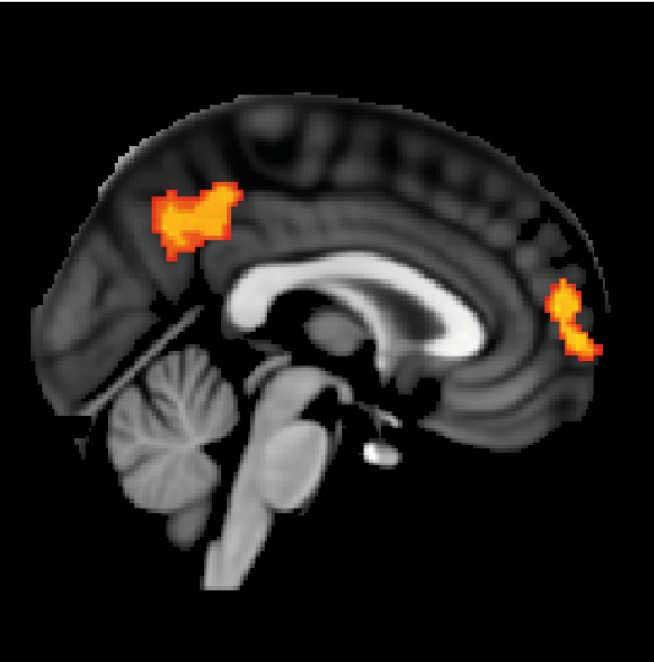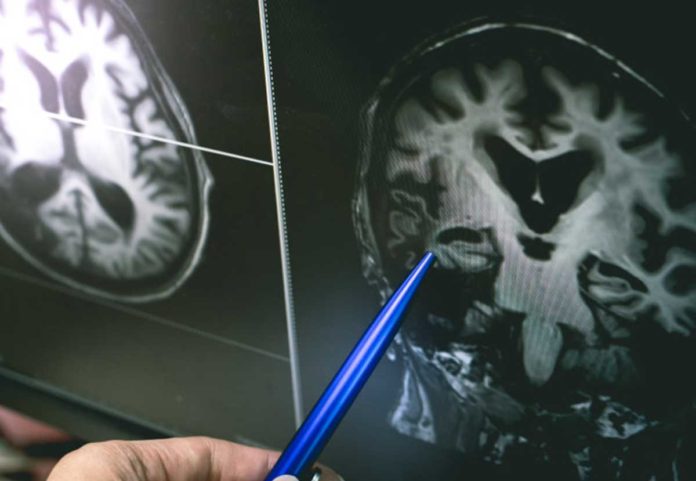Non-invasive brain stimulation has been widely explored as a potential treatment for a range of neurological and mental conditions, including brain injury. In any case, the behavioral impacts of brain stimulation are variable, for reasons that are poorly comprehended. This is a specific test for traumatic brain injury, where patterns of damage and their clinical effects are heterogeneous.
Currently used a technique called non-invasive electrical brain stimulation includes applying an electrical current to the surface of a patient’s head to stimulate brain cells, altering the patient’s brain activity. It is being trialed for a range of neurological issues, including recovery from stroke, traumatic brain injury, dementia, and depression. However, research to date has observed the impacts to be conflicting.
Now, a new study by the Imperial College London highlighted why these inconsistencies occur. Moreover, the study may offer physical evidence for why some patients respond better than others – because of the fine structure of their brain tissue. The new research suggests it may be possible to target the therapy to those patients most likely to benefit.
They found that differences in the makeup of the brain’s white matter – the tissue deep in the brain and rich in the branching ‘tails’ of nerve cells – were vital. The research revealed that those who had more connectivity in the regions being stimulated were more likely to respond better to the treatment.
Scientists suggest that the study could help them personalize the non-invasive electrical brain stimulation, targeting the treatment to patients who are most likely to gain clinical benefits.
Dr. Lucia Li, a clinical lecturer in neurology in the Department of Brain Sciences at Imperial, and lead author of the study said: “With all the current buzz around brain stimulation for altering brain activity, it’s important to understand who will benefit most from this technique in the clinic.”
“Problems with white matter structure are a feature of a range of different neurological conditions. Our study is a step towards more personalized use of brain stimulation, which will improve the outcomes using this technique, as well as reduce the number of people treated unnecessarily.”

Scientists took a gander at 24 healthy patients and 35 patients recovering from a moderate or severe traumatic brain injury (TBI). Participants performed the task inside an MRI scanner while getting modest quantities of electrical current through electrodes on the surface of the scalp or a placebo. They were not able to tell whether they were receiving brain stimulation or not.
They found that healthy members who got brain stimulation performed better in the task over when they didn’t receive the treatment. For a patient with TBI, task performance in response to stimulation varied broadly.
When analyzing MRI scans, scientists observed that those participants with a highly-connected white matter in the brain region being stimulated responded best to the treatment, and those who had damaged or less-connected areas of the white concern showed less improvement. They also found that brain stimulation could partially reverse some of the abnormalities in brain activity caused by TBI.
Dr. Li said, “We found that people with stronger white matter connections in their brain had better improvement with stimulation. This might be an important reason why previous studies have found that some people benefit from stimulation, while others don’t and mean we can start using brain stimulation in a more personalized way.”
Although the study is limited that scientists only investigated one type of cognitive behavior and would need to be replicated in different kinds of behavior to show if the discovery applies more generally. Moreover, scientists only stimulated one region of the brain, so they don’t know whether the effects are specific to this region, or whether other areas can be stimulated.
Scientists are further planning to focus on more extensive studies with more participants to investigate what other factors influence someone’s response to brain stimulation. They will also apply the technique to different conditions with abnormalities in brain activity to see if they can alter activity and improve brain function.
The study is published in the Journal Brain.
